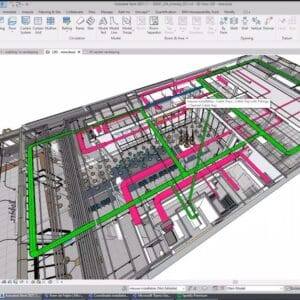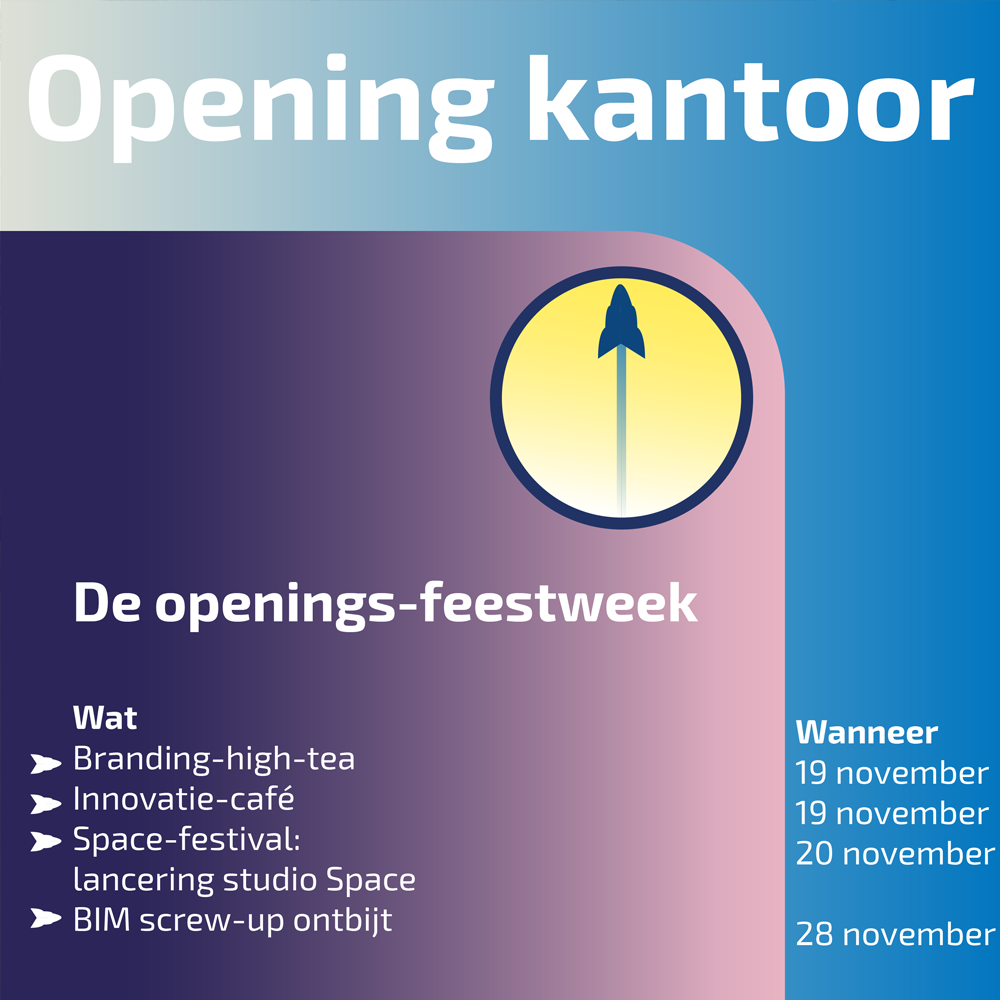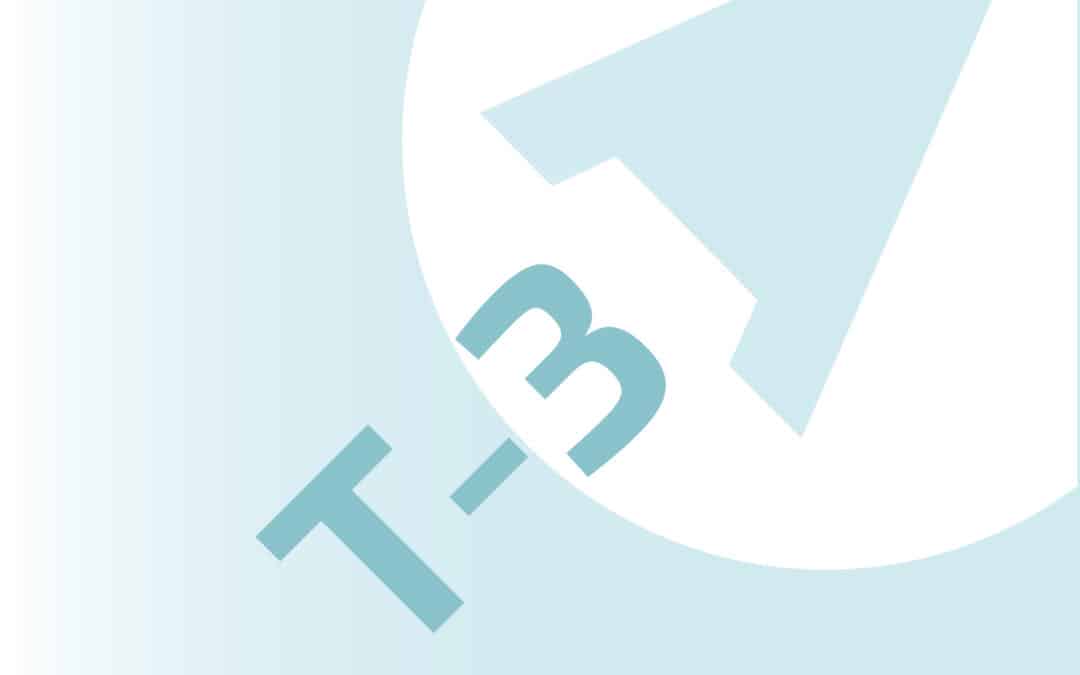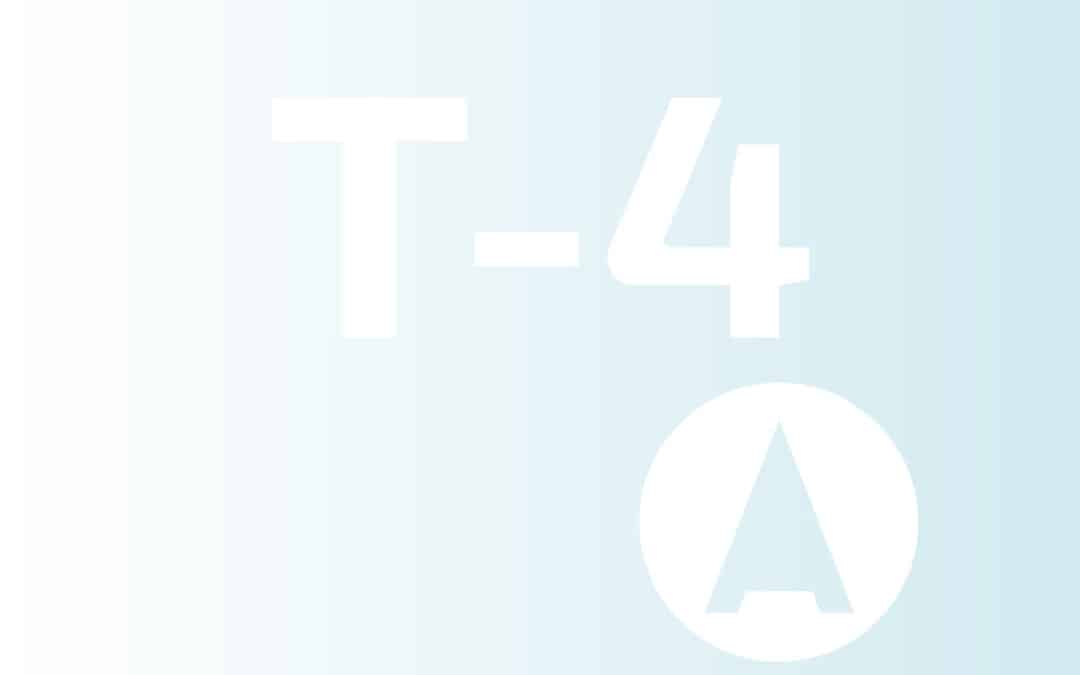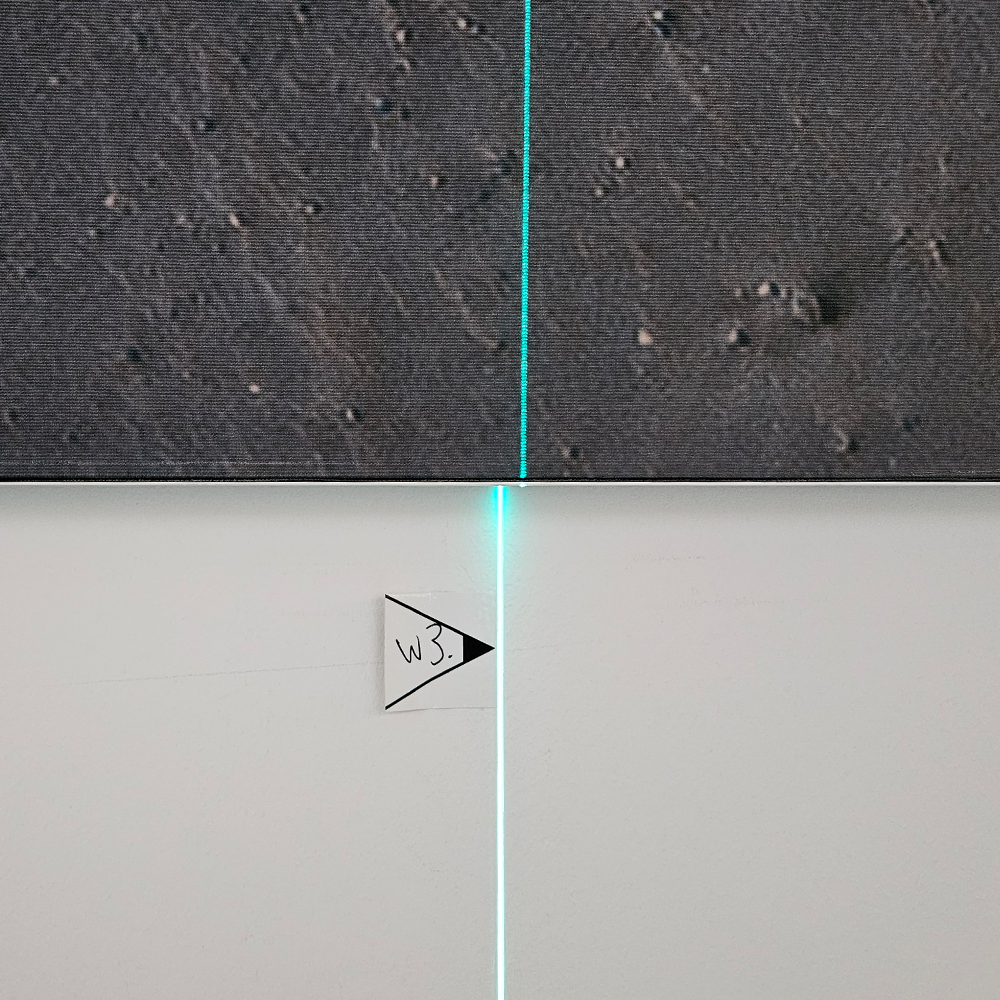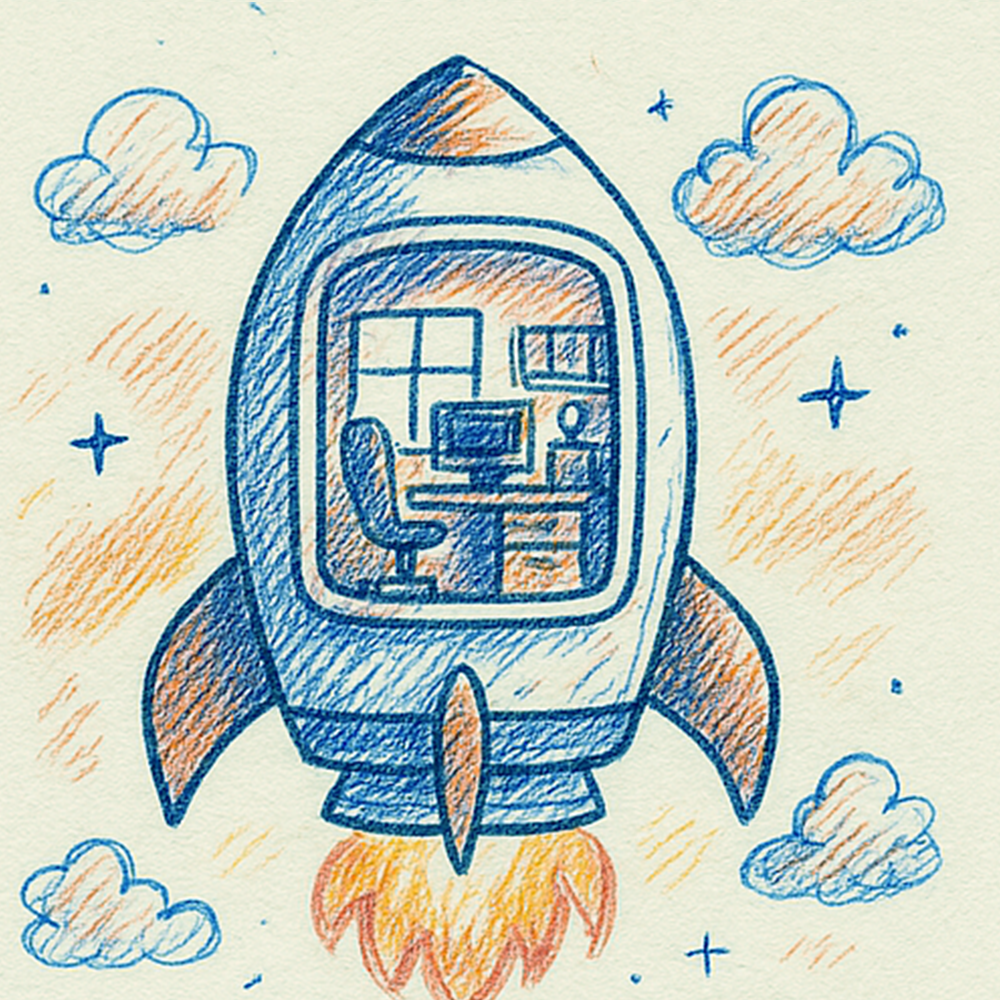The Perfect Circle: World PI Day.
World PI Day.
If you ever feel like the circle has come full circle, International PI Day is a great time to be aware of the power of being able to think so abstractly. World PI Day is the 14th day of the 3rd month: a reference to the number PI : 3.14. The number Pi is infinite, but for most applications two decimal places will suffice. The number Pi is the constant used to calculate the circumference of a circle: the diameter (or 2 x the radius) of a circle multiplied by the number Pi is the circumference of a circle.
Despite the fact that in our daily professional practice we no longer have to make many calculations manually, the abstract thinking of formulas and calculations is indispensable as part of our daily work. The math we learned in high school has given us the basic understanding to learn the abstract thinking necessary for our designing, drawing, engineering and building. If those times you’ve bent over your textbooks to understand it (Mathematics B wasn’t my strongest subject) have led to a good cause after all. It’s hard to understand when you’re in high school. But that abstract thinking is still reflected in our daily work.
For example, for a designer to come up with a concept: which properties must the design meet? How do I translate the Corporate Identity into an office or the retail design into a location? How do I translate the program into a format? How do I ensure that the layout fits well, that there is enough space for all products and enough walking space remains? But also for calculating the position of a light rail in relation to the wall rack: there is an optimal lighting angle for many product types. This has to do with shadow on the product or with the shadow that, for example, upper shelves give.
For an engineer when assessing the load-bearing capacity of a floor: a good understanding of the load, deflection and force transfer is important. But also when programming functions in our software to make objects work parametrically: if a certain amount is exceeded, for example, a profile must be weighted or if a certain space becomes larger than ‘x’ surface, the access must be increased in connection with the flight capacity.
For a project manager , this abstract thinking plays a strong role when calculating quantities for a cost estimate or planning dependencies in a Gantt chart schedule.
But it is also in the technology we use: the laser scanner and Totalstation both work with the property of being able to determine a position, calculate a twist, length and angle and thus be able to determine a three-dimensional position. Despite the fact that technology does a lot for us here, it does require a good understanding of what the technology does and how it should be programmed.
This thinking in formulas is in the setting of ‘ view templates ‘ in Autodesk Revit : when a view template determines whether or not you see a certain object in a section in the clipping depth . If you make the horizontal cut on Level 3500+ with a clip depth of 2000 you might also see the furniture of the floor below in a void. Then it is better to set the clip depth to 1300, with which the furniture is not shown. Maybe juggling words if you’re not familiar with this matter, that’s the world our designers and modellers live in.
These examples of abstract thinking show how this skill is essential to our work. On a day like World Pi Day, a beautiful day to reflect on how this determines our work. If you would like to take on another challenge in abstract thinking: why is Pi Day in Europe also celebrated on 22/7?
^Justus Slaakweg



